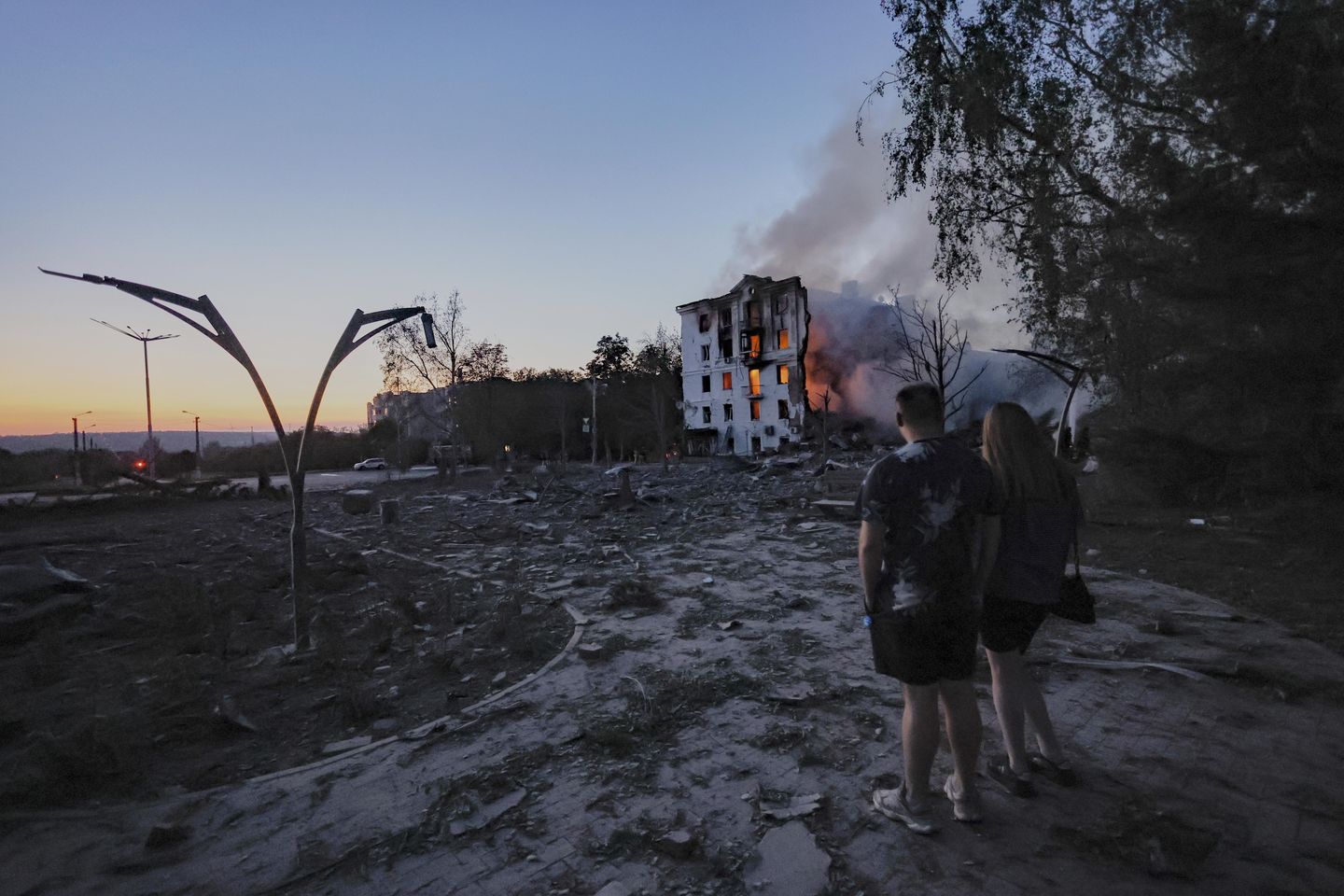
Don’t miss the full story from our staff writers, whose reportage is the basis of this article.
Russia has achieved a significant battlefield breakthrough in Ukraine’s Donbas region while simultaneously escalating its sabotage campaign across Europe, creating heightened pressure ahead of President Trump’s scheduled summit with Russia President Vladimir Putin in Anchorage, Alaska. The meeting comes as Norwegian officials report that Russian hackers temporarily seized control of a hydroelectric dam, opening valves for four hours in what represents the latest escalation in Moscow’s hybrid warfare operations.
Ukrainian President Volodymyr Zelenskyy and European allies have expressed cautious optimism about Mr. Trump’s approach, particularly praising his support for an international force to enforce any future peace agreement. However, this optimism sharply contrasts with the mood on Kyiv’s streets, where war-weary residents express deep skepticism about negotiations proceeding without meaningful Ukrainian participation.
Local residents paint a grim picture of Ukrainian sentiment. Oleksandra Pobol, who recently lost her home to a Russian missile attack, questions what negotiations can accomplish without Ukraine’s involvement. Digital agency worker Oleksandra Kozlova believes Ukrainians “have already lost hope” for meaningful progress toward ending the war. Car salesman Anton Vyshniak advocates prioritizing military personnel’s lives over territorial integrity, citing dwindling human resources. Some residents, like a man identified only as Volodymyr, express willingness to cede long-occupied territories including Donetsk and Crimea in exchange for peace.
Military personnel remain equally pessimistic. Artem Fysun, a soldier with the Peaky Blinders drone unit, predicts the Trump-Putin talks will yield nothing, noting Mr. Putin’s continued battlefield aggression.
Despite widespread pessimism, Mr. Zelenskyy maintains a solid 67% approval rating, down from his wartime peak of 84%.
Meanwhile, Russia’s sabotage campaign across Europe has intensified dramatically. The Center for Strategic and International Studies documented over 200 clandestine incidents linked to Russia between January 2022 and March 2025. Former Pentagon official Seth G. Jones reports that Russian hybrid operations tripled from 2023 to 2024, following a quadrupling in 2022. These attacks primarily target transport infrastructure, public institutions, energy and communication systems, and companies supporting Ukraine’s military logistics.
Former CIA analyst Ned Price explains that Mr. Putin views Western military support for Ukraine as escalation, prompting asymmetric responses across Europe when battlefield escalation options become limited.
Norwegian Police Security Service director Beate Gangas confirms these attacks aim to stoke fear and unrest across Western nations, representing an increasingly violent and coordinated campaign of hybrid warfare.
This article is written with the assistance of generative artificial intelligence based solely on Washington Times original reporting and wire services. For more information, please read our AI policy or contact Ann Wog, Managing Editor for Digital, at awog@washingtontimes.com
The Washington Times AI Ethics Newsroom Committee can be reached at aispotlight@washingtontimes.com.




![Man Arrested After Screaming at Senators During Big Beautiful Bill Debate [WATCH]](https://www.right2024.com/wp-content/uploads/2025/06/Man-Arrested-After-Screaming-at-Senators-During-Big-Beautiful-Bill-350x250.jpg)












